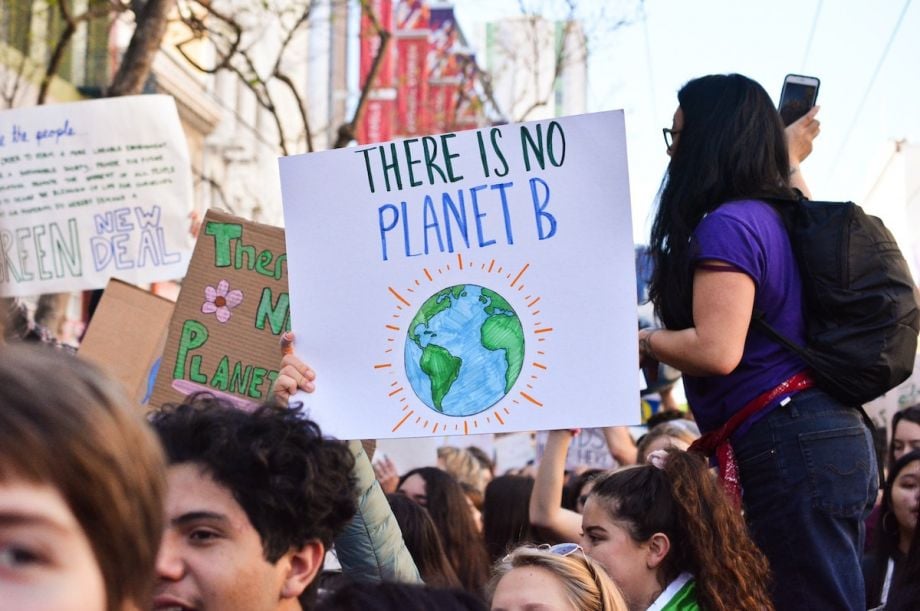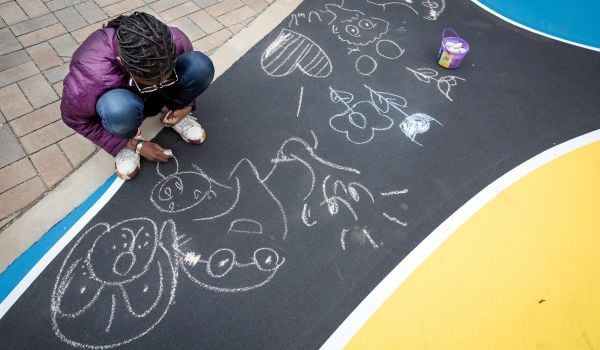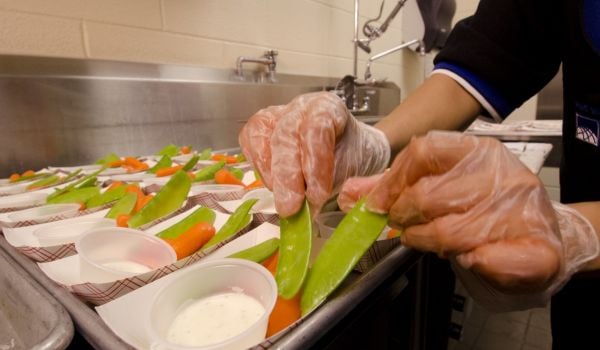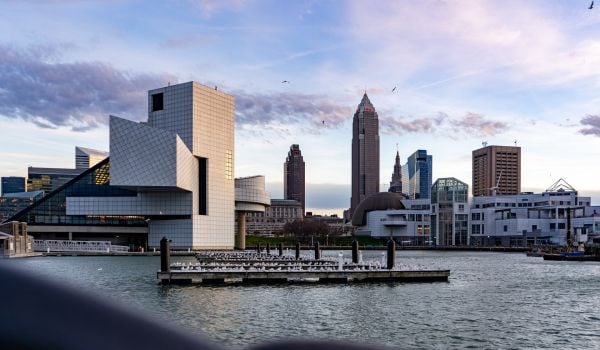The Environmental Protection Agency’s Greenhouse Gas Reduction Fund is finally here, weighing in at a whopping $27 billion. But as much as those of us in these spaces have been waiting for this, few of those who benefit from this massive federal investment will ever know how it helped them.
It’s not all going to happen overnight. But – building by building, project by project — households as well as businesses will make investments that lower their energy costs and reduce their carbon footprint. They won’t necessarily know it, and they don’t need to know it, but financial institutions and professionals they already trust to help them make those planet-saving investments are getting a huge boost thanks to those billions of dollars.
Some of those investments have already been happening. Like in predominantly Black working-class southeast D.C., where I reported in 2022 on how the residents of the 54-acre Fairfax Village housing complex have been able to install at least three community solar arrays so far on roofs of their buildings that include multiple condos or attached townhouses, lowering energy costs for all the residents below. They didn’t have to pay anything at all upfront to install those arrays, through a partnership with a solar installer and local financing arranged by the D.C. Green Bank.
Or look at Puerto Rico, where back in 2018, Next City covered the work of local credit unions that were already making small loans for families to buy small-scale solar power installation kits in the wake of Hurricane Maria’s devastating blackouts.
The solar kits cost $9,000 upfront, far too pricy for a typical working-class household in Caguas, the island’s third-largest city. But with a loan from Jesus Obrero Cooperativa de Ahorro y Crédito, a local credit union, those families can afford it — and it’s much cheaper to make those monthly loan payments than the $400 a month they were previously paying in fuel costs for gas-fueled electric generators.
In a survey released last year, the community development credit union network Inclusiv tallied up more than $1 billion in green loans already on the books of just 30 credit unions, including Jesus Obrero in Puerto Rico. Those loans went for everything from solar arrays to electric vehicles, improved insulation, weatherproofing, air-source heat pumps, geothermal heat pumps, electric bicycles, and more. Clean Energy Credit Union was chartered in 2017 to specifically make these kinds of loans, and it’s now approaching 10,000 members across the entire United States. It makes another $6-8 million in loans every month, CEO Terri Mickelsen told me last year.
The recipients of the first $20 billion from the Greenhouse Gas Reduction Fund were announced earlier this month. Rather than building out something completely from scratch, those dollars are essentially a massive down payment on building out the ecosystem to support all of the existing lenders mentioned above and others like them to scale up their work and onboard more lenders into financing and facilitating similar projects across the country.
The Environmental Protection Agency estimates that these lenders will mobilize an average of $7 in private funding for every $1 in public money spent under the Greenhouse Gas Reduction Fund — a total combined public and private investment of $150 billion.
But let’s still put that figure in context. Worldwide, banks still make an average of $513 billion in loans every year to the fossil fuel industry, with larger U.S. banks leading the way.
There are still many details to finalize and review. We’ll be reporting more in the coming months as they become available. So far what we know is there were eight recipients announced (three here and five here) for the Greenhouse Gas Reduction Fund. They included Inclusiv, awarded $1.87 billion to support and scale up the network’s existing programs for training credit unions in solar and other green lending, as well as providing growth capital for credit unions to remain within their capital requirements while dramatically scaling up green lending activity.
Another recipient is the Coalition for Green Capital, whose 18 members include the D.C. Green Bank and other green banks across the country — a range of public, quasi-public, or nonprofit entities that typically use structures like loan guarantees or subordinated lending to incentivize private banks and other lenders to participate in solar and other green lending projects. As I reported back in 2021, not only are there a growing number of green banks across the country, but those that have been around longer are also deepening their capacity to draw in larger and larger pools of private capital, while also finding ways to channel that capital to historically disinvested communities for the purpose of green lending.
The one common thread across all the recipients is a focus on Black, Indigenous, low-income and other historically marginalized communities.
The Justice Climate Fund, which received nearly $1 billion, is an entity that brings together community banks, credit unions, loan funds, and venture capital funds working in many of these communities. The Native CDFI Network, founded in 2009 as a network of federally-certified community development financial institutions working in Native communities, is a recipient of $400 million from the Greenhouse Gas Reduction Fund, which it plans to use to “enable financing for distributed energy generation, net-zero buildings, and zero-emissions transportation projects in Native communities nationwide.”
As envisioned, ultimately, it is mostly those smaller lenders — credit unions, community banks, or community development loan funds — who will end up being the faces that connect the Greenhouse Gas Reduction Fund to people and communities on the ground.
As far as I know, none of those financial professionals are going to be going around with “Greenhouse Gas Reduction Fund” tattooed on their faces or emblazoned on t-shirts, though someone could eventually prove me wrong. At least at this moment, let’s just recognize that it’s hard to find precedent for the intentionality around who those faces are.

Oscar is Next City's senior economic justice correspondent. He previously served as Next City’s editor from 2018-2019, and was a Next City Equitable Cities Fellow from 2015-2016. Since 2011, Oscar has covered community development finance, community banking, impact investing, economic development, housing and more for media outlets such as Shelterforce, B Magazine, Impact Alpha and Fast Company.
Follow Oscar .(JavaScript must be enabled to view this email address)

















Add to the Discussion
Next City sustaining members can comment on our stories. Keep the discussion going! Join our community of engaged members by donating today.
Already a sustaining member? Login here.